Photo by Carl Heyerdahl on Unsplash
Because of our experience within the semiconductor industry, we know that what today seems bulky, complex and expensive to implement will in a few years fit on the tip of our fingers and will cost a fraction of what it costs today.
To get a sense of things to come, take a look at the evolution of sensor costs made possible because of the sheer volume of smartphone manufacturing
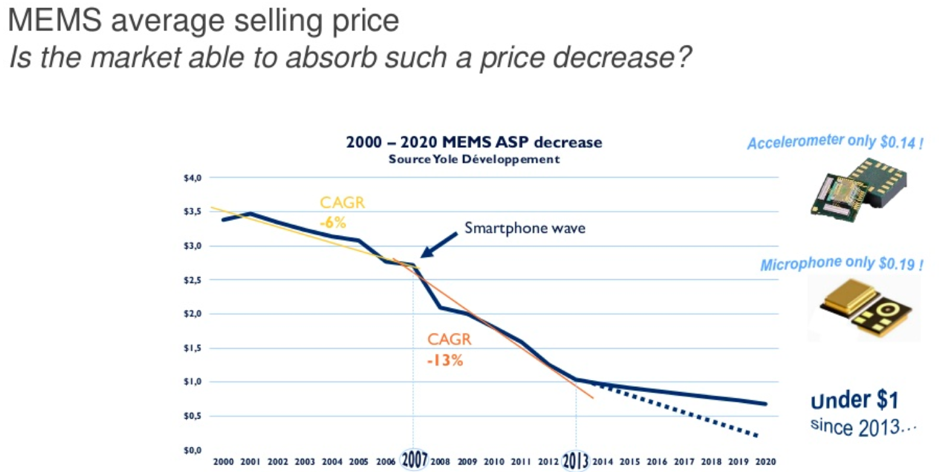
The price reduction is less spectacular for microcontrollers but these components that pervade our daily lives keep getting steadily cheaper.(Average Selling Price evolution in red)
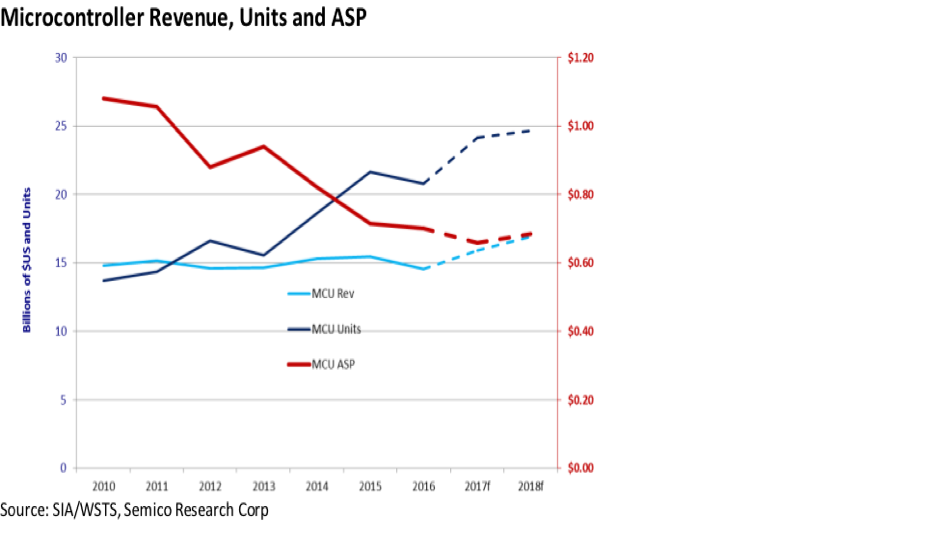
Isn’it astonishing that something which used to cost $ 1 in 2011 will cost $ 0.55 in 2021 ?
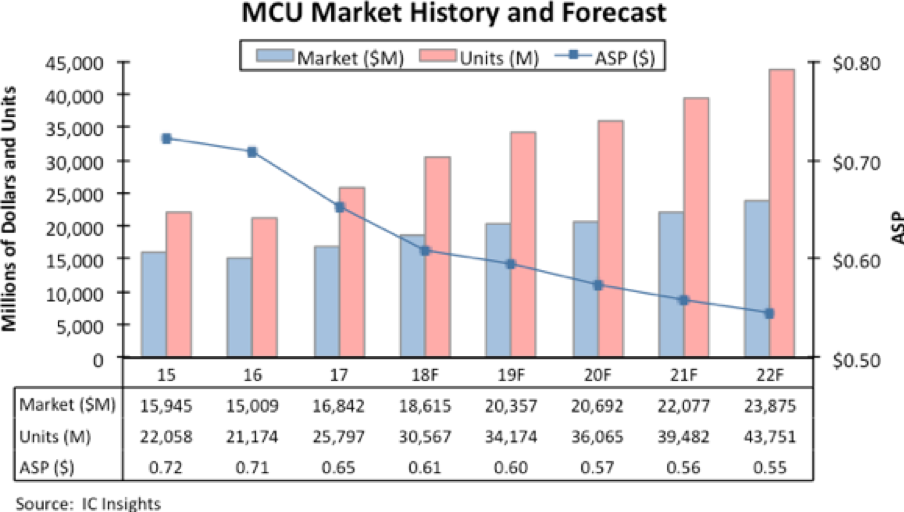
Even though Moore’s law has reached its limits for silicon, what is exciting for us is that LEDs are the new frontier ! What characterizes the evolution is LED is Haitz Law, which shows that LEDs steadily get cheaper and more efficient.
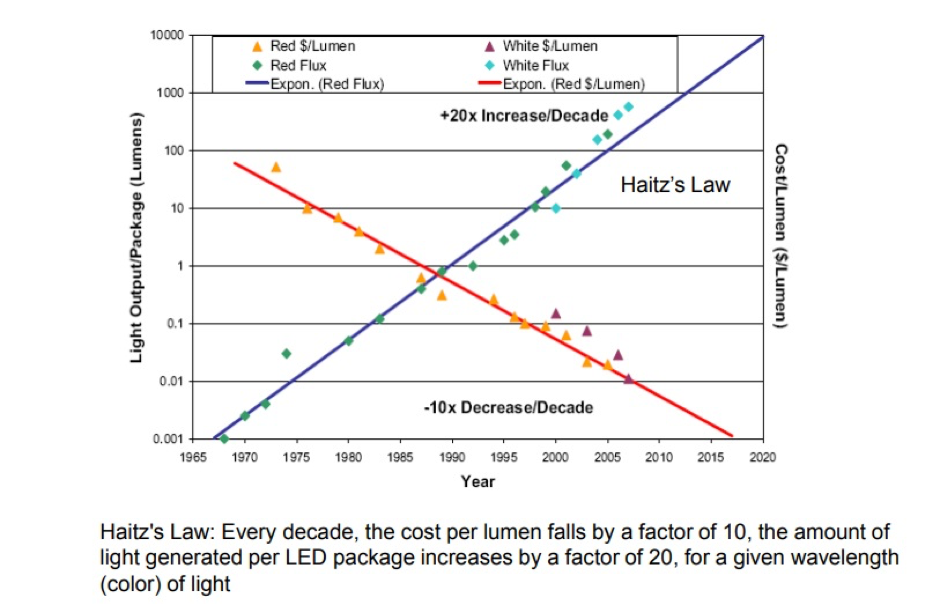
Light from LEDs is a key ingredient in our solutions.
Now we are also interested in UV LEDs and Haitz law applies there too as illustrated below:
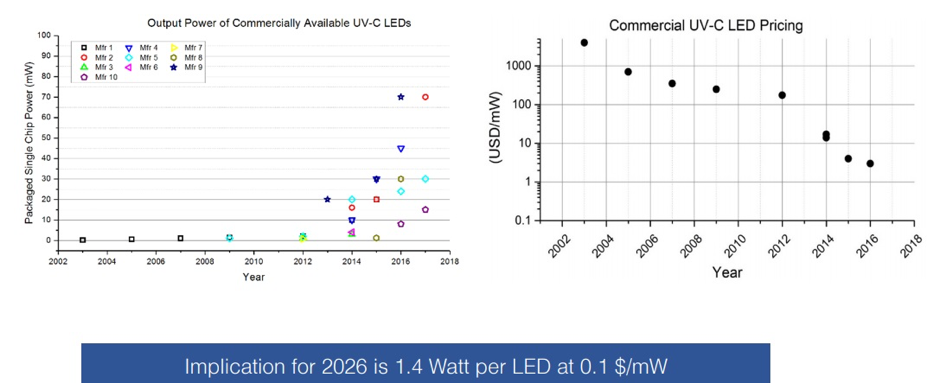
Actually, the cost of $0.1/mW was already reached in 2020 by Luminus (https://www.luminus.com/datasheets/Luminus_PressRelease_XBT3535.pdf), and there is a really good chance that high power LEDs will be on the market by 2025 because of the sudden surge in interest in 275 nm LEDs for Covid-19 surface disinfection.


Recent Comments